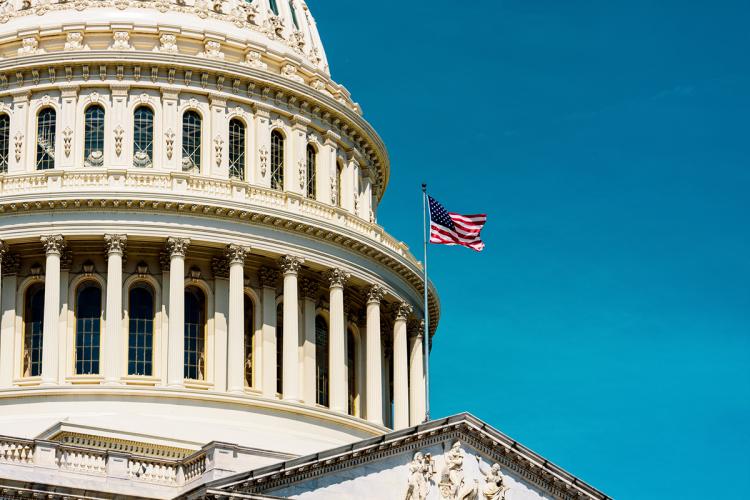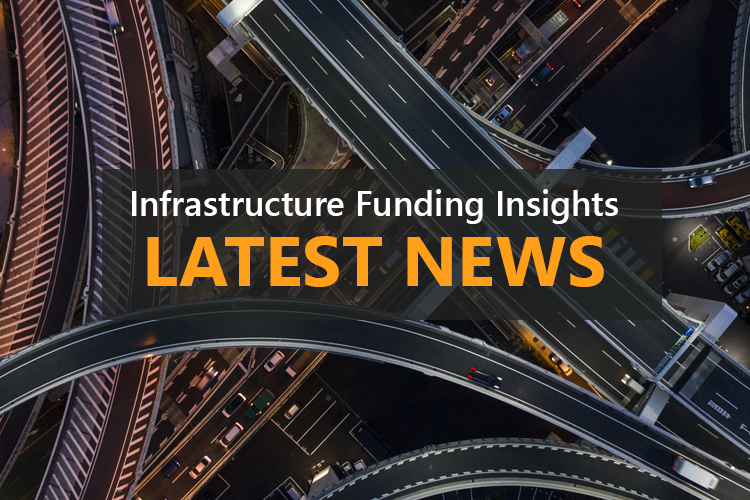Making Sense of the Washington DC Infrastructure Process
Making Sense of the Washington DC Infrastructure Process
When we hear exciting news about a presidential plan, legislative bill or bipartisan compromise, it can be challenging to connect those headlines to the actionable topics that we care about. For those of us who can remember Schoolhouse Rock!, it’s fun to recall “I'm Just a Bill” from 1976 and that quirky “sad little scrap of paper” who sings us along the journey.
To update the story a bit for today’s political environment and to help illuminate what we’re watching in preparation of the hopeful infrastructure activities, the following is some context on the big steps that have been reported and what is likely ahead in the process.
The American Jobs Plan (aka the Infrastructure Plan)
This plan was released by the White House at the end of March and represents a wish list from the President of the elements that the administration would request be included in the eventual laws. This plan has no legal standing, it does not release money and, as is the case in any negotiated agreement, it is not expected to exactly reflect a future law.
The importance of this document stems from the fact that it is issued on behalf of the person who is both the head of the current majority political party in both the House and Senate and is the person who would have to sign any eventual laws that are passed by Congress. Back to the video of our “Bill”—this step is before the legislative process starts and is common for large, multi-faceted, politically important or sensitive initiatives.
Moving Forward Act (2020), LIFT Act (2021), CLEAN Future Act (2021), etc.
There are many bills in various phases of consideration in the federal legislature. With our bicameral system of government, there are activities that occur simultaneously in the House of Representatives and in the Senate. Any law must be passed in both houses, requiring coordination throughout the process.
As our quirky friend sang about in ”I’m Just a Bill,” the journey for a bill includes introduction, assignment and debate in committee, prioritization by the leadership and (for a small percentage of those originally introduced) a vote. There will also be a mark-up process that represents the final changes in the bill; many of the specific details that will impact our industry will be decided during this phase. This process can happen linearly (moving through either the House or the Senate initially and then being considered by the other) or simultaneously. For any bills that make it through a vote in both chambers, any differences would need to be harmonized so that there is only one final approved bill to be presented to the President for signature into law or a veto.
At this time, there are no less than six committees across Congress involved in aspects of the Infrastructure Plan. While it is possible that a single omnibus bill (impacting multiple unrelated aspects) could emerge from the process, the more expected situation is for separate acts to emerge that will address traditionally related categories such as transportation and energy. In parallel to the committee work, the political leaders of both chambers and parties are engaged in discussions to attempt to identify common ground. Due to all of the simultaneous activities, the news that filters out can be conflicting as far as the status of the overall situation.
One final thing to highlight on this topic is the difference between what is termed the “bipartisan approach” compared to the reconciliation approach. For the present Congress, the reconciliation process enables funding to be issued with only the support of the serving Democrats, which can expedite action; this was the process used to move aspects of the president’s American Rescue Plan forward earlier in 2021. The bipartisan approach is mostly preferred in the infrastructure discussion because it would enable new laws, broader political support and a stronger message of coordination from the government.
It is impossible to predict the exact process that will play out for the current infrastructure-related activities. We must all watch the big picture while the small battles play out, have patience and avoid overreacting to any specific headline.



